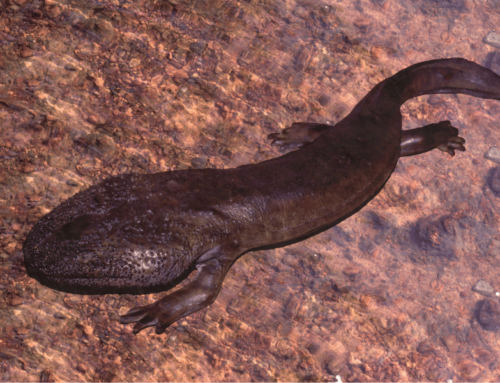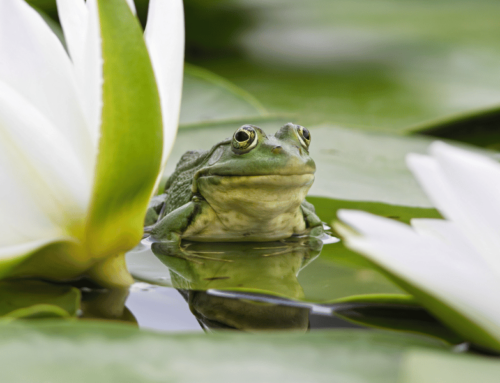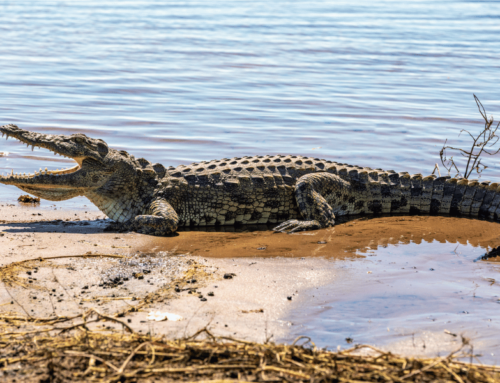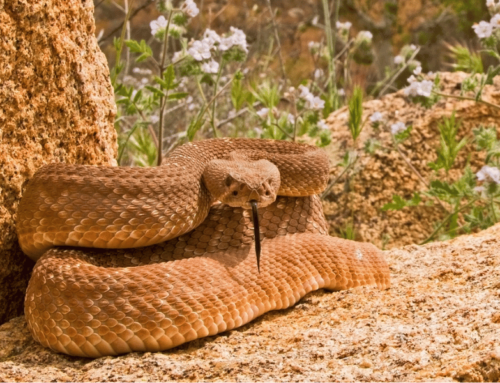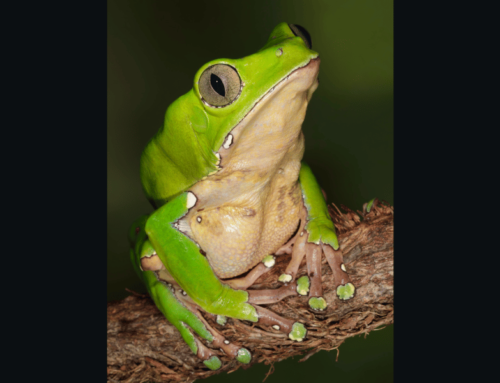
If you’re looking for a new amphibian for your next herping trip, the Sonoran Desert Toad, also known as the Colorado River toad, makes a great option. It’s a toad that’s famous for its psychoactive properties and is the largest toad native to the United States. It is a relatively common where it lives, making it a worthwhile amphibian to look for.
This blog is all about herping for the Sonoran desert toad.
Herping for the Sonoran desert toad
Note: This toad excretes a poison that can be fatal. Do not interact with wildlife unless you’ve taken the proper precautions to keep yourself safe.
Where to go Herping for Them:
The Sonoran Desert Toad can be found in southern Arizona, northwestern Mexico and southwestern New Mexico. They like desert and semi-arid areas of their range and are frequently found near standing water, including drainage ditches and canals.
They like to burrow and are often in abandoned burrows of other animals.

Current range of the Sonoran desert toad
When to Look for Them:
The most active time of year for these toads is the summer. The monsoon rains that southwestern North America experience will bring them out for breeding season. The start of breeding season is usually July and can extend into August.
It’s easiest to find them in the aftermath of a summer rainstorm, at night. During this time, you can even see them sitting in the middle of the road as you drive through their range.

The aftermath of a monsoon storm, like this one in Arizona, makes a great time to look for them
Appearance:
The Sonoran Desert Toad is the largest native toad you’ll encounter in the United States. Only the invasive cane toad is as big. It can reach a length of 7.5 inches (19 centimeters). They are mostly olive-green in color with brown spots and a white belly.
Behind their eyes you will see their bulging glands, where they excrete their poison.

Typical appearance of the Sonoran Desert Toad
Behavior:
To avoid the intense sun of the desert, these toads come out mostly at night. Like other toads and large frogs, they eat insects, small reptiles, arachnids and rodents. Besides standing water, Colorado river toads can also be found in locations with lots of prey items.
Don’t let their size fool you. When you get close, they can hop away quicker than you might think.
Recommended Gear:
-Flashlight
Since these toads are nocturnal, you’ll likely want to bring a flashlight with you. It’s tempting to just use your phone for light, but flashlights are much more powerful.
To keep your hands free, buy a headlamp instead. Cheap, but effective headlamps can be purchased for the price of an expensive latte at a local retail or hardware store.
-Gloves
If you’re planning on handling these toads, bring gloves. The gloves can keep your hands poison-free along with preventing the toad from absorbing whatever chemicals are on your hands. Not wearing gloves can risk hurting the toad. Even if you just washed your hands, there can still be leftover residue that can be harmful.
To avoid harming the toads, use a pair of vinyl or nitrile gloves when handling. Latex gloves are not recommended as they have can be toxic to amphibians.
-Boots
The Colorado river toad is frequently active in the presence of rain, meaning that looking for them in your regular shoes might not work. You don’t want to be trying to avoid every puddle of mud that you come across. Buy yourself a good pair of rain boots so you don’t have to worry about where you’re stepping.
Conclusion:
The Sonoran Desert Toad is a fun toad to go looking for on your next herping trip. Follow the guidelines provided here to see more of them.
